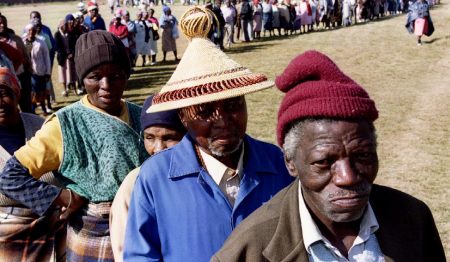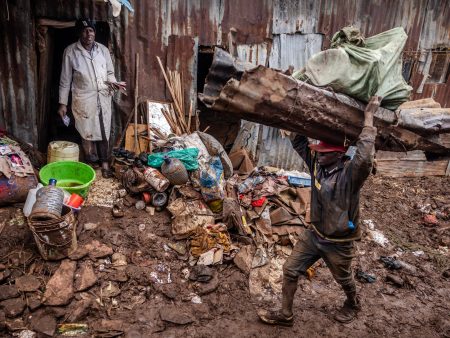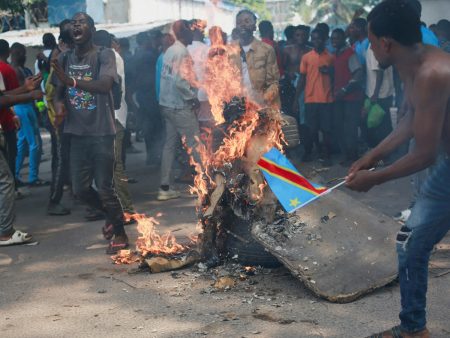At least 11 people have been killed and hundreds of homes destroyed as Cyclone Gamane slammed into northern Madagascar, causing widespread devastation. The storm unexpectedly changed course and hit the island’s Vohemar district, causing torrents of water to rush through villages and leaving many trapped in their homes. Six people drowned while five others were killed by collapsing houses or falling trees. In total, around 7,000 people were affected by the cyclone, which brought heavy rainfall and strong winds measuring up to 210km/h.
The director general of the BNGRC national disaster management office, General Elack Andriakaja, described the cyclone as rare in its nearly stationary movement across the region. This caused the devastation of infrastructure and resulted in significant flooding, making it difficult for rescue teams to access many of the affected areas. The full extent of the damage is not yet clear due to the isolation of many villages cut off from the rest of the country.
Gamane was reclassified as a tropical storm and was projected to leave the island on Friday afternoon, according to meteorologists. Madagascar, located off the coast of southeastern Africa, is known for being regularly affected by severe weather events. A year ago, tropical Cyclone Freddy ravaged the country, as well as neighbouring mainland countries Mozambique and Malawi, resulting in the loss of more than 500 lives. The impact of such cyclones highlights the vulnerability of Madagascar and the need for improved disaster preparedness and response strategies in the region.
Video footage showed people in waist-deep water creating human chains to help those trapped in their homes escape the deluge. Numerous routes and bridges were flooded and cut off, adding to the challenges faced by rescue teams trying to reach those in need. The cyclone’s average wind speed of 150km/h, with gusts of up to 210km/h, caused widespread destruction and loss of life in the region.
The devastation caused by Cyclone Gamane serves as a stark reminder of the destructive power of natural disasters and the importance of early warning systems and emergency preparedness in vulnerable regions like Madagascar. The impact of cyclones on communities in remote areas highlights the need for improved infrastructure and access to resources to aid in recovery efforts. The urgent response needed in the aftermath of the cyclone underscores the resilience and solidarity of the affected communities as they come together to support one another in the face of adversity.
As Madagascar continues to recover from the aftermath of Cyclone Gamane, the focus remains on providing aid and support to those affected by the disaster. The resilience of the Malagasy people, in the face of such devastation, serves as a testament to their strength and determination in rebuilding their lives and communities. The lessons learned from this cyclone will likely inform future disaster preparedness initiatives in Madagascar, as well as highlight the need for international cooperation and support in responding to such emergencies.















